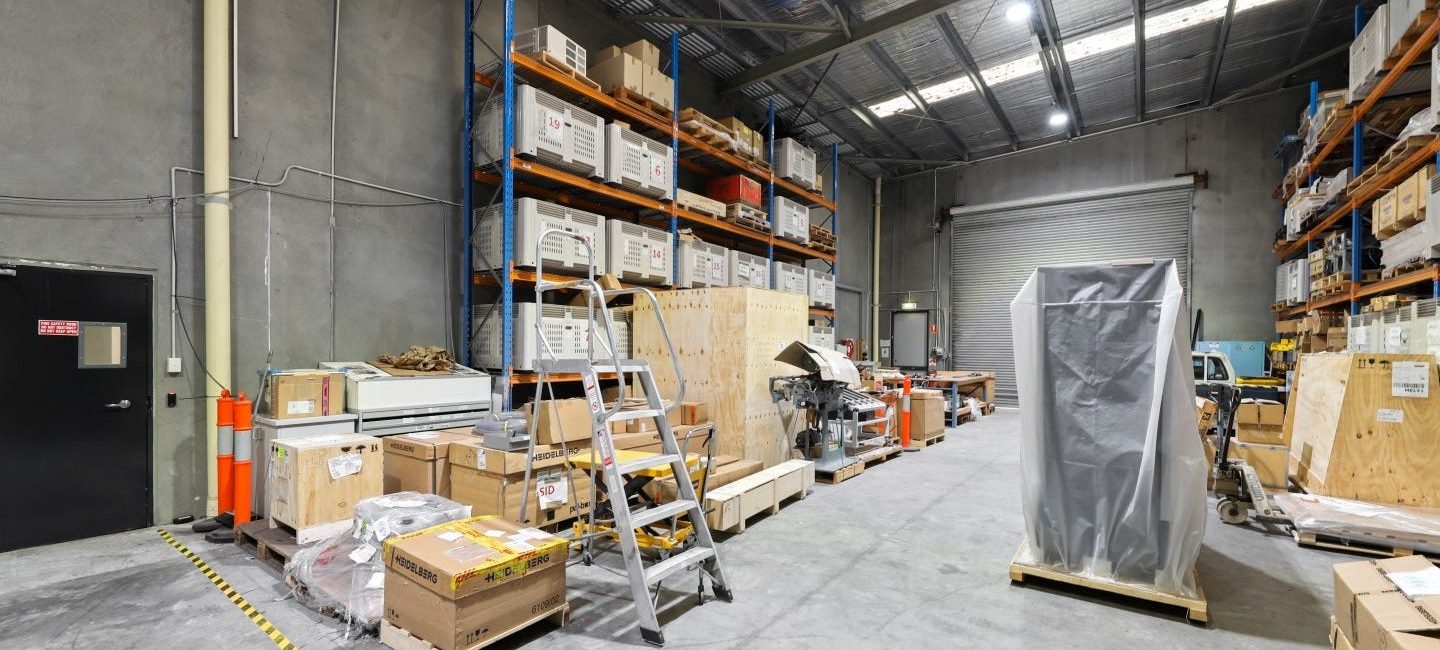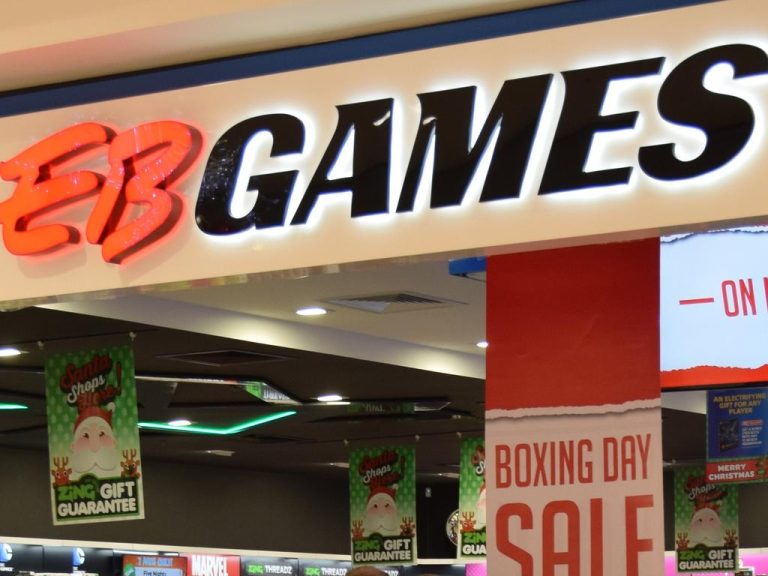‘Chronic undersupply’ of industrial real estate

Australia’s ongoing e-commerce boom is fueling an investor frenzy for industrial and logistics space, but with a chronic shortage of stock and a limited pipeline, state governments will need to rezone, experts say.
Retail habits amid COVID-19 lockdowns catapulted online sales from 9% of total retail spending in 2019 to 14.3% in July 2022 and they’re forecast to reach 17% by 2026, according to CBRE.
At the same time, Australians’ total spending online rose from $30 billion in 2019 to $53 billion last year and is projected to hit $78 billion by 2026, with online grocery shopping set to be one of the biggest drivers.
Applying a formula of 70,000sqm being required to facilitate each additional $1 billion of sales, CBRE forecasts an extra 1,800,000sqm of industrial and logistics space will be needed to support the sector over the next five years.
Colliers has calculated a similar demand of around two million sqm over the same period.
Chronic undersupply fueling rent growth
Satisfying this huge requirement won’t be easy. Australia’s industrial real estate sector has the lowest vacancy rate in the world at 0.8%, and a pipeline of new stock that represents just 2% of its current supply, according to CBRE’s latest E-Commerce Trend and Trajectory report.
PropTrack economist Anne Flaherty agreed demand is far exceeding supply.
“The chronic undersupply of industrial real estate is reflected in the record low industrial vacancy rate at the moment and also in the fact that we’ve seen the fastest rate of rent growth this year in history.”
“On realcommercial.com.au, we’ve seen a surge in searches for terms like ‘storage space’. Companies need distribution facilities, last mile logistics, all of these things. And it’s quite challenging for a lot of these companies to find the space they need.”
Demand is not just coming from pure play online retailers; traditional brick and mortar retailers are also seeking storage space as their online sales grow, which in turn places additional demand on transport and logistics companies, including Australia Post.

With a national vacancy rate of 0.8%, supply needs to be increased in Australia’s industrial sector to keep up with the growing demand. Picture: realcommercial.com.au/for-sale
At the same time, port and shipping delays have forced retailers and businesses to hold more stock locally to ensure they have the products available to consumers.
CBRE’s Head of Industrial and Logistics Research Sass J-Baleh says competition for supply is expected to fuel rental growth for years.
“Given supply constraints and continued demand, we forecast rent growth to remain relatively strong at a national average rate of 6.5% per annum over the next five years for super prime-grade assets.”
Investors abandoning Sydney and Melbourne for the regions
While Ms J-Baleh says space is needed “across the board”, she said the need is “critical” in Sydney, where high population is driving concentrated occupier activity, with Melbourne and Brisbane also undersupplied.
The limited opportunities and increasing land values in capital cities combined with rising rents offering opportunities elsewhere are driving investors to other markets such as Brisbane and Perth as well as regional centres, experts say.
Colliers’ Regional Spotlight Industrial report 2022 found that investors are being drawn to regional markets such as Newcastle, the Sunshine Coast and Gold Coast thanks to compressed yields, boosted capital values and an average rent increase of 9.6% across east coast regional centres for the financial year 2021/2022.

Investors are also looking to regional areas which have experienced population growth during the pandemic. Picture: realcommercial.com.au/for-sale
“While most of the spotlight has been on the record performance of capital city industrial markets, many regional markets around the country have outperformed their respective capital cities, led by higher levels of population growth and shifting business preferences,” industrial research director at Colliers Luke Crawford said.
“Regional industrial markets are also well placed to weather interest rate headwinds and buffer rising fund costs, given the higher yield spread than capital city markets.”
More land needed
The answer to rising demand and rising rents is the zoning of more land, Ms J-Baleh said.
“More land that is industrial-zoned needs to be serviced, which comes down to state governments.”
Colliers national director industrial David Hall said supply will come in two forms: greenfield development and infill development.
“[We need] greenfield development such as what we are seeing in Sydney’s West within the Mamre Road Precinct where land was rezoned for industrial use. The other is infill development [buying an obsolete warehouse and building a new warehouse] and given where rents and land values have reached, this is likely to be in the form of multi-level warehousing.”
Ms Flaherty agrees that land zoning will be key in helping to develop more industrial space, but she warns that development costs pose an additional challenge.
“It’s more expensive to develop now than it has been. Building costs have risen, but interest rates are also rising, which makes developing more expensive.”







